Growth in Healthcare Applications
The healthcare sector is experiencing a surge in demand for effective filtration solutions, particularly in the context of infection control and patient safety. The Non-woven Filter Media Market is likely to benefit from this trend, as non-woven materials are widely used in surgical masks, gowns, and air filtration systems in hospitals. The healthcare filtration market is projected to grow at a rate of approximately 7% annually, driven by the increasing focus on hygiene and safety standards. Non-woven filter media provide excellent barrier properties, which are crucial in preventing the spread of infections. As healthcare facilities continue to prioritize patient safety, the demand for high-performance non-woven filter media is expected to rise, further propelling the market forward.
Expansion of the Automotive Sector
The automotive industry is undergoing a transformation, with a notable shift towards electric vehicles and stringent emission regulations. This evolution is likely to bolster the Non-woven Filter Media Market, as these materials are increasingly utilized in automotive air filtration systems. The automotive air filter market is expected to witness a growth rate of around 6% annually, driven by the need for improved air quality within vehicles and compliance with environmental standards. Non-woven filter media offer superior filtration capabilities, which are essential for maintaining engine performance and passenger comfort. As automotive manufacturers seek to enhance the efficiency of their vehicles, the integration of advanced non-woven filter media into air intake systems is becoming more prevalent, thereby supporting the overall growth of the market.
Technological Innovations in Filtration
Technological advancements in filtration technologies are playing a pivotal role in shaping the Non-woven Filter Media Market. Innovations such as electrospinning and nanofiber technology are enhancing the performance of non-woven materials, making them more efficient in capturing particulate matter and pollutants. The market for advanced filtration solutions is anticipated to grow at a compound annual growth rate of around 9%, reflecting the increasing need for high-efficiency filters across various sectors. These innovations not only improve filtration efficiency but also contribute to the development of lighter and more durable materials. As industries seek to adopt more sustainable practices, the integration of advanced non-woven filter media into filtration systems is likely to become more prevalent, thereby driving market growth.
Rising Demand for Air Filtration Solutions
The increasing awareness regarding air quality and its impact on health appears to drive the Non-woven Filter Media Market. As urbanization accelerates, the need for effective air filtration systems becomes paramount. Reports indicate that the air filtration market is projected to grow significantly, with a compound annual growth rate of approximately 8% over the next few years. This growth is likely to be fueled by stricter regulations on air quality and a growing consumer preference for cleaner environments. Non-woven filter media, known for their efficiency and versatility, are becoming essential components in various applications, including HVAC systems and industrial processes. Consequently, manufacturers are focusing on developing advanced non-woven materials that enhance filtration efficiency while maintaining low pressure drop, thereby catering to the rising demand.
Regulatory Support for Environmental Standards
Regulatory frameworks aimed at improving environmental standards are likely to influence the Non-woven Filter Media Market positively. Governments across various regions are implementing stricter regulations regarding emissions and waste management, which necessitates the use of effective filtration solutions. The market for filtration media is expected to expand as industries comply with these regulations, with a projected growth rate of approximately 5% annually. Non-woven filter media are increasingly recognized for their ability to meet these stringent requirements, making them a preferred choice for manufacturers. As companies strive to enhance their sustainability profiles, the demand for non-woven filter media that comply with environmental standards is expected to rise, thereby supporting the overall growth of the market.
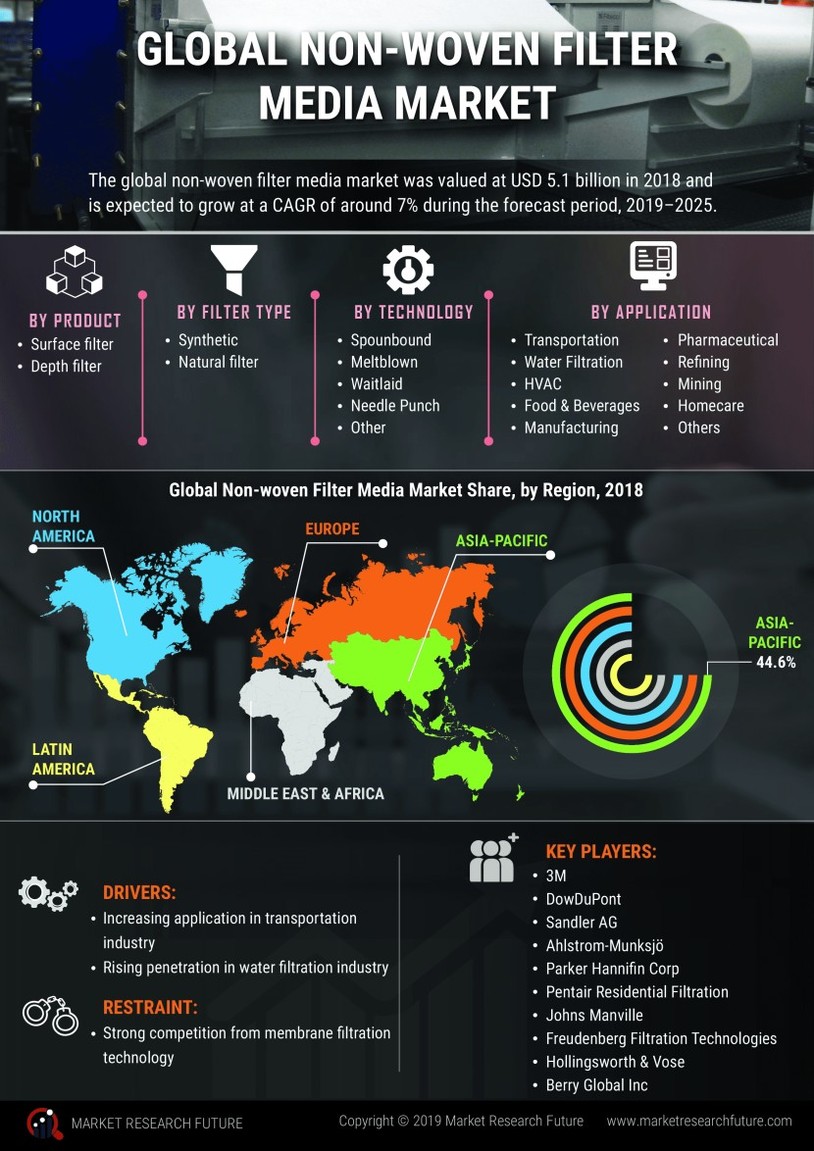

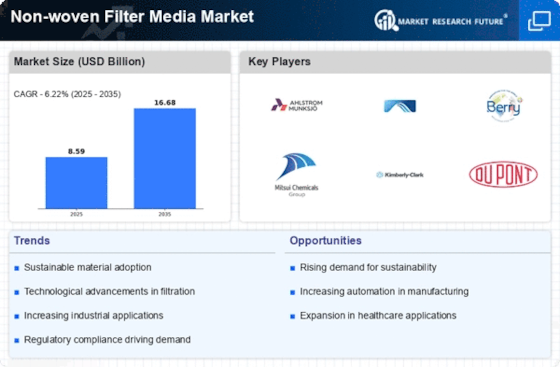
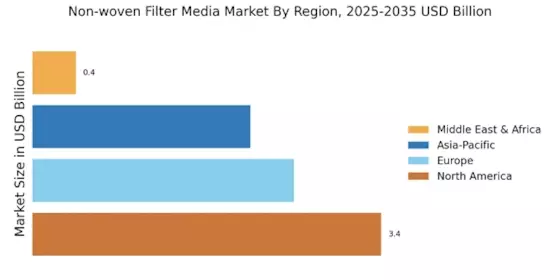
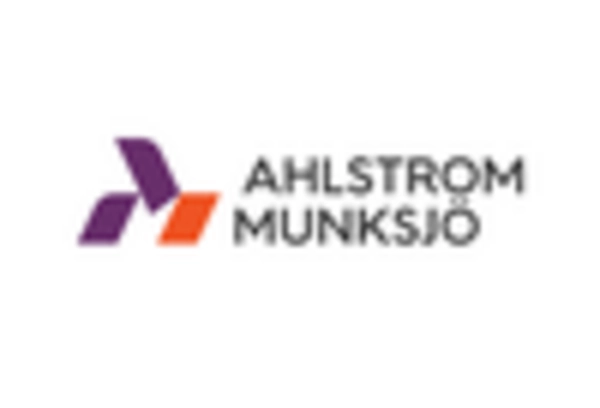
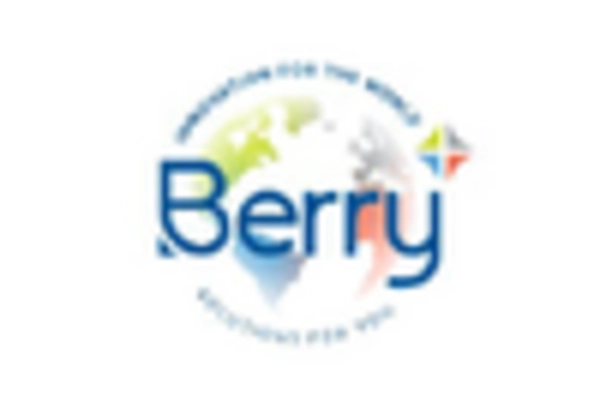

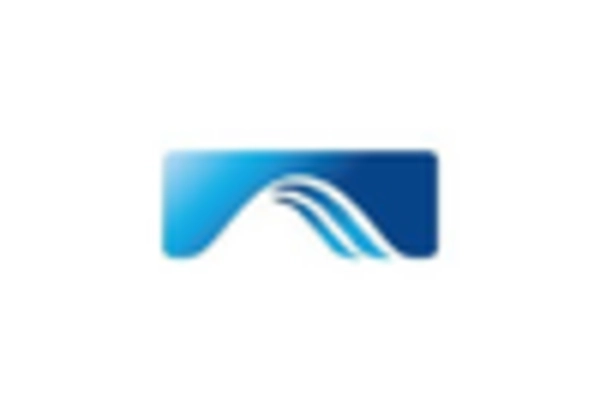
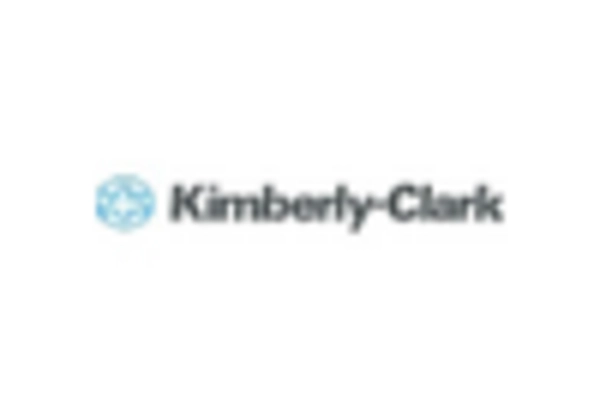
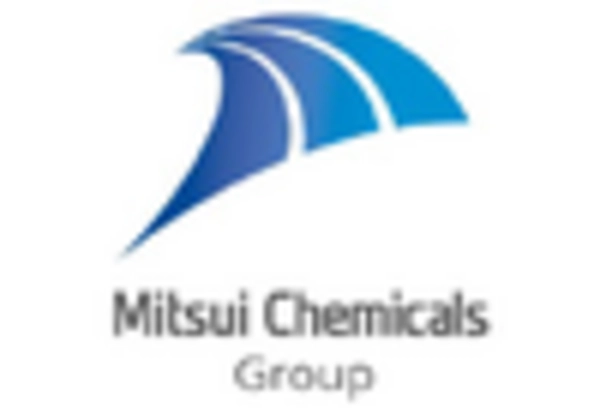








Leave a Comment